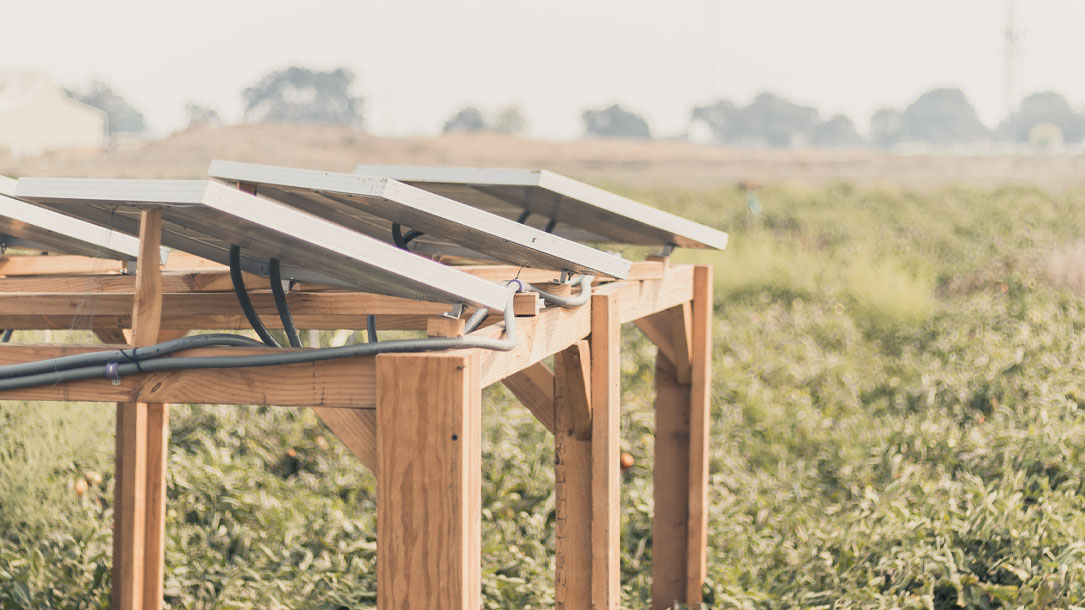
Solar sharing for both food and clean energy production
Research on the performance of agrivoltaic systems for corn, a typical shade-intolerant crop.
This article concerns research conducted at a 100-m2 experimental farm with three sub-configurations: no modules (control), low module density, and high module density. In each configuration, 9 stalks/m2 were planted 0.5 m apart. The biomass of corn stover grown in the low-density configuration was larger than that of the control configuration by 4.9%. Also, the corn yield per square meter of the low-density configuration was larger than that of the control by 5.6%.
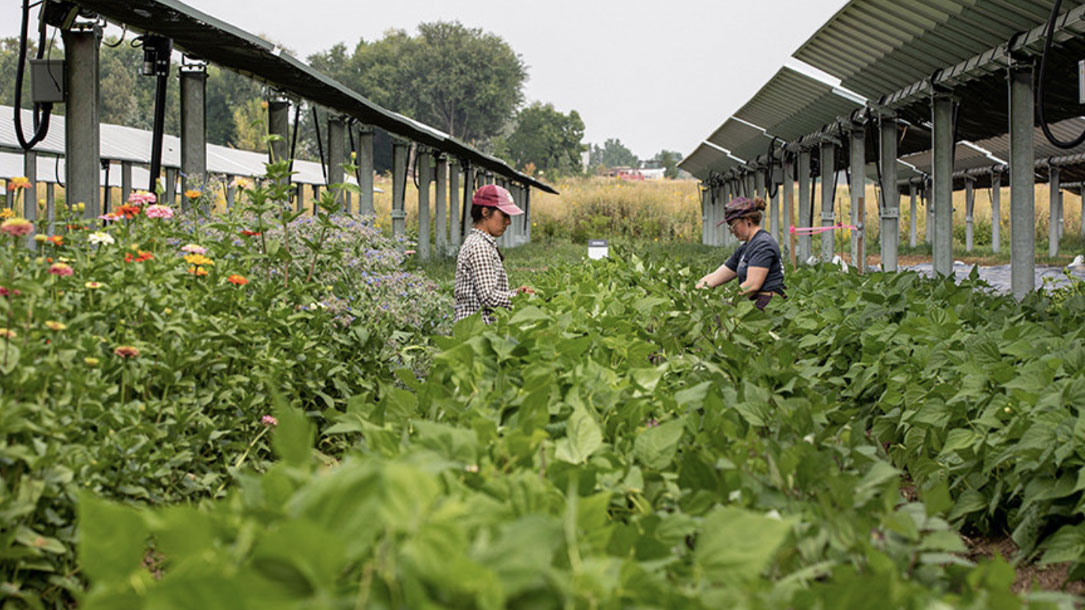
The future of farming?
Large solar arrays have begun to line the Wallkill Valley landscape. Solar farms are springing to life where agriculture — and in one case a miniature golf course — once ruled the land.
But what if a farmer wanted to continue to grow crops on a farm and was able to plant and grow them underneath solar panels that alternately allowed for shade and sunlight for the crops? What if the farmer could lease space to the provider of solar energy and earn additional income while continuing to operate the farm?
This concept, known as agrivoltaics, is catching on. It could soon come to the Town of Montgomery, provided a change in the town’s solar laws is approved…

Sustainable farm agrivoltaic project
Solar panels can be positioned to allow plants just the right amount of sunlight, and then the excess sunlight can be harvested for electricity — and produce more than they would without crops below them.
That’s right. Plants help keep the solar panels cool, which makes them more productive. Our studies have shown that panels positioned above plants produce up to 10% more electricity.
Agrivoltaics is a symbiotic relationship where both the solar panels and the crops benefit because they help each other perform better.

Research shows solar habitat installations support pollinators
Join Monarch Joint Venture, Connexus Energy, MNL, and Fresh Energy for a free webinar where they dig into the new study, “Monitoring Pollinators on Minnesota Solar Installation,” which used field data collection practices to document an abundance of bees, butterflies, moths, flies, and wasps utilizing pollinator-friendly solar habitat in Minnesota. We’ll also discuss seed mixes and biodiversity benefits, how utilities and co-ops can lead, and more.
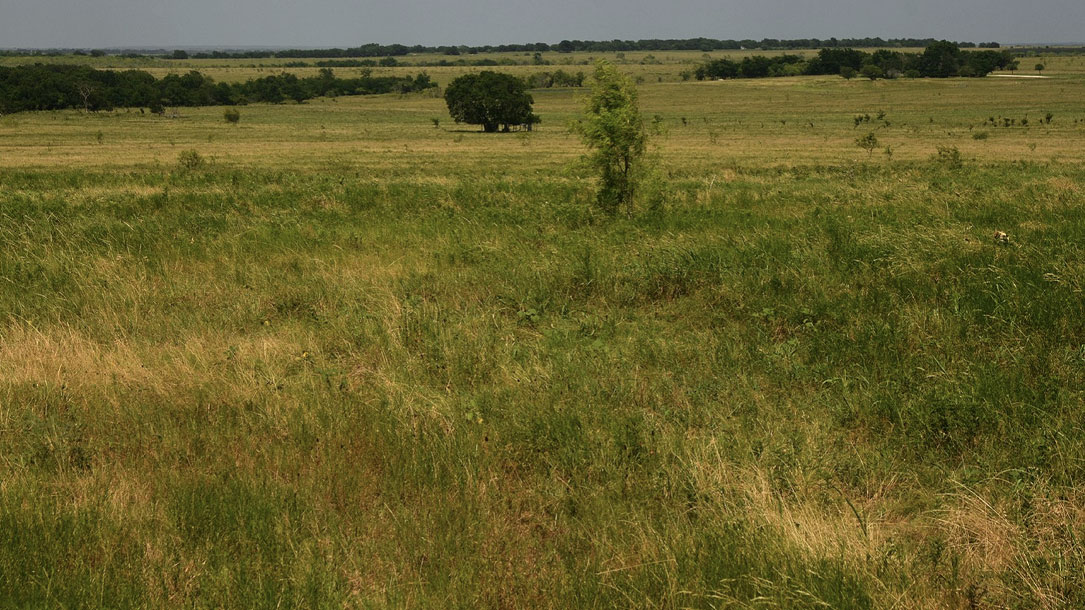
Development by design: Mitigating wind development’s impacts on wildlife in Kansas
Wind energy, if improperly sited, can impact wildlife through direct mortality and habitat loss and fragmentation, in contrast to its environmental benefits in the areas of greenhouse gas, air quality, and water quality. Fortunately, risks to wildlife from wind energy may be alleviated through proper siting and mitigation offsets. Here we identify areas in Kansas where wind development is incompatible with conservation, areas where wind development may proceed but with compensatory mitigation for impacts, and areas where development could proceed without the need for compensatory mitigation.
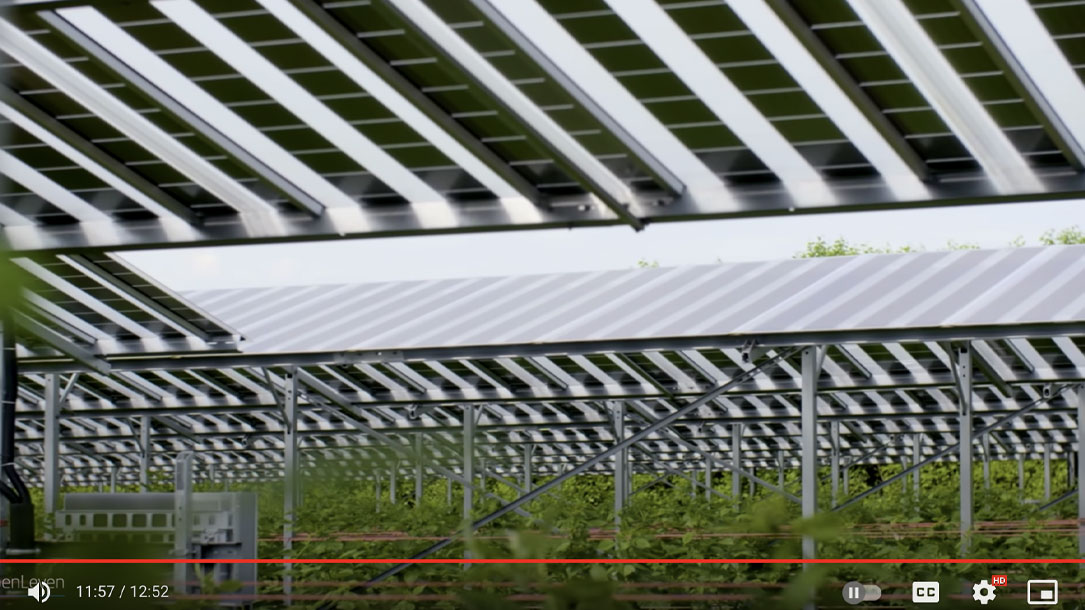
Friday Feature: Agrivoltaics — farming under solar panels
With the push to seek alternative energy sources, solar farms are buying up farm land. Agrivoltaics is the combination of the two, so the land is not lost for food production. There are benefits to partial shade for crop production, such as lower irrigation requirements. The trick is to find the right mix to have both productive crop production and also adequate solar energy production. There are research projects in Colorado, Arizona, and Oregon to evaluate this opportunity that is already being utilized to some extent in Europe.
Check out the pros and cons of combining farming with solar installations…
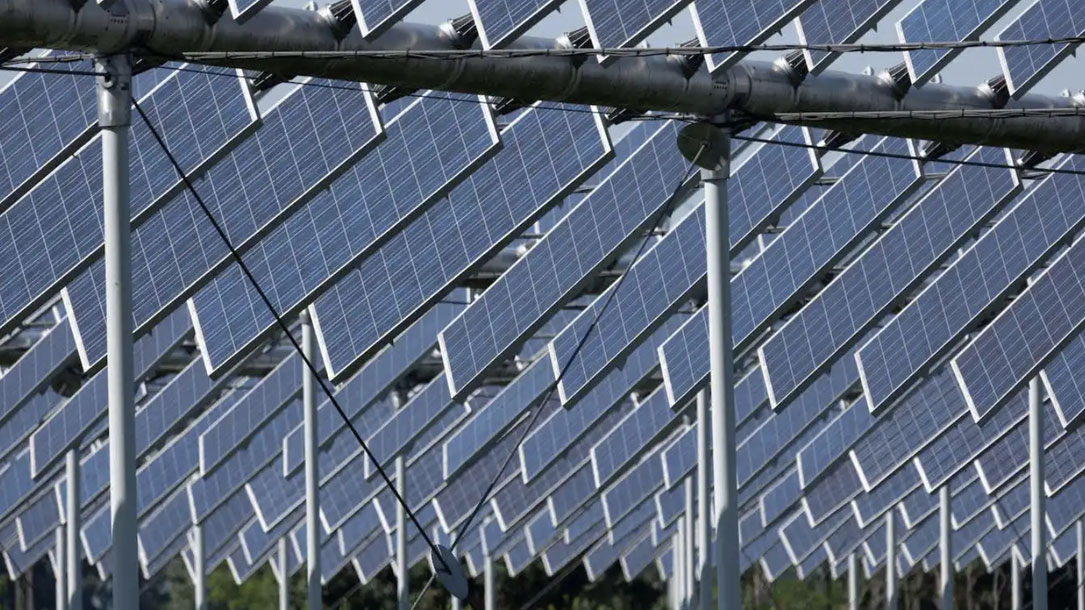
Growing plants — and providing solar energy
Access to fresh food is already a problem in many countries, and will likely get worse with more mouths to feed. This is where the concept of agrivoltaics could create a massive change. This farming setup mixes water, energy, and plant growth all in one space. Solar panels collect energy from the sun’s rays; underneath those panels is where the plants grow. The setup takes less water than the traditional way of farming, all-in-all creating a more sustainable way to grow food and create energy.
Joining Ira to talk about the promise of agrivoltaics is Dr. Chad Higgins, associate professor of biological and ecological engineering at Oregon State University, in Corvallis, Oregon.
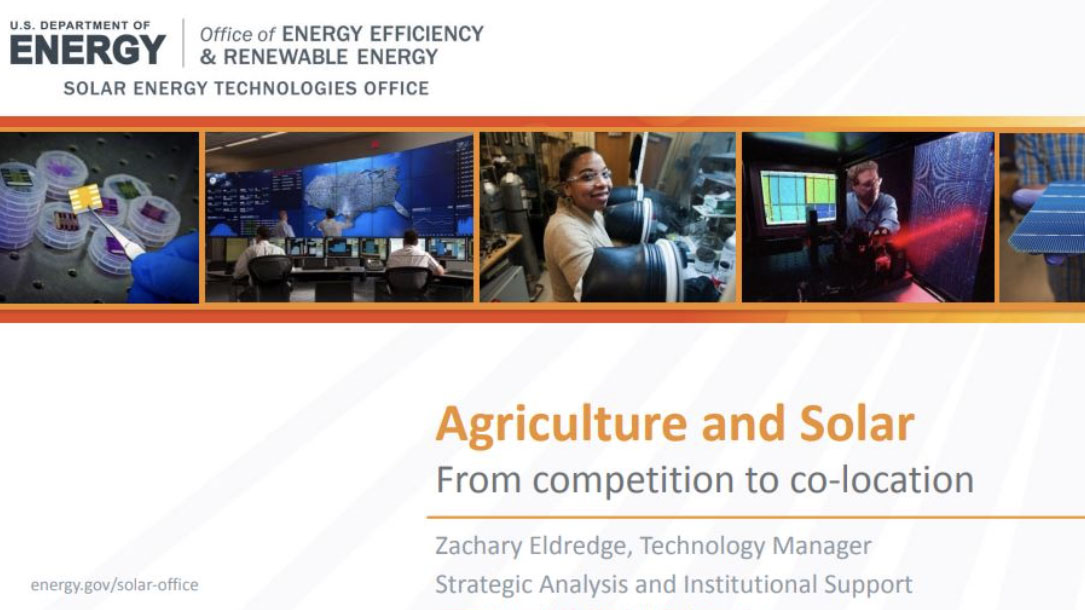
Federal agrivoltaics research and programs
In this webinar Zachary Eldredge with the US Department of Energy’s Solar Energy Technologies Office (SETO) discussed the government’s agrivoltaics programs and recent developments in agrivoltaics engineering.
You can listen to the webinar and download the slides. You might want to join American Solar Grazing Association ($75/year) to stay abreast of research and practices related to dual-use, grazing/crop solar.
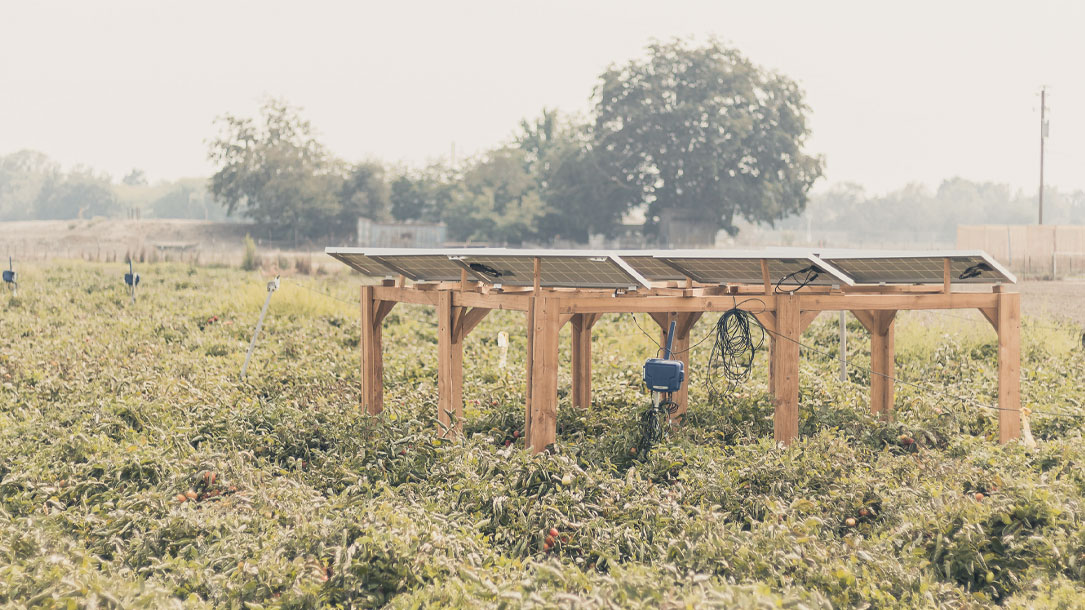
Feed people; power economies; foster peace with agrivoltaics
“Amidst the noise, haste, and chaos of modern life there are more positive developments for humanity than one might think. Everyone focuses on the disasters of the climate crisis, and while those do motivate our daily work, we also feel it’s important to highlight the hopeful – the very real innovations pushing our clean energy movement forward…”
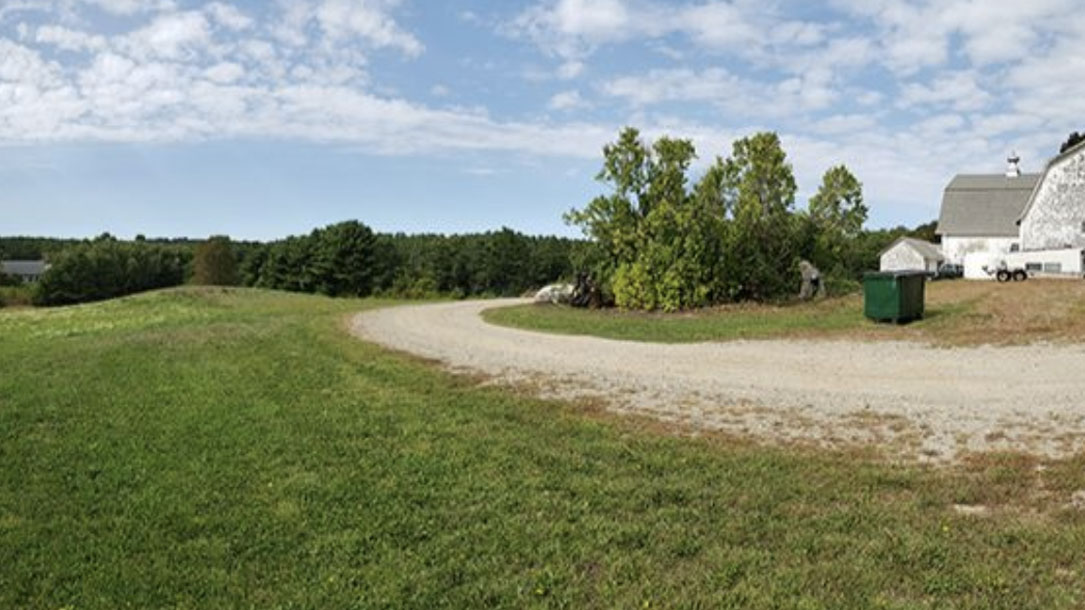
Land trust installs their own solar project
Coastal Rivers is working toward a goal of achieving carbon neutrality within the next five years. A major step toward this goal was to install energy-efficient heat pumps to heat and cool the renovated Denny Conservation & Education Center at Round Top Farm. The next step is to power those heat pumps — and the bulk of our electrical needs overall — with solar-generated energy.
We have a prime site for a solar installation at Round Top Farm in the southwest field below the large dirt parking lot by Darrows Barn. The slope aspect is ideal, and the topography limits visual impacts. We also have three-phase power to the site already, which will reduce construction costs…












